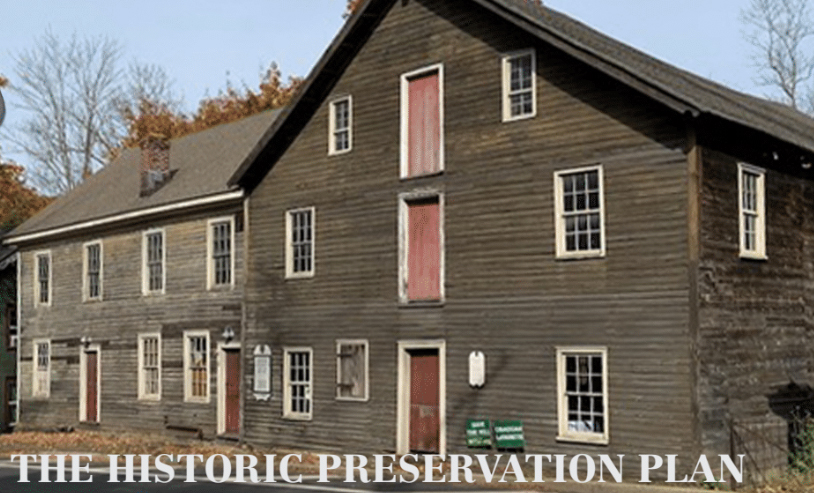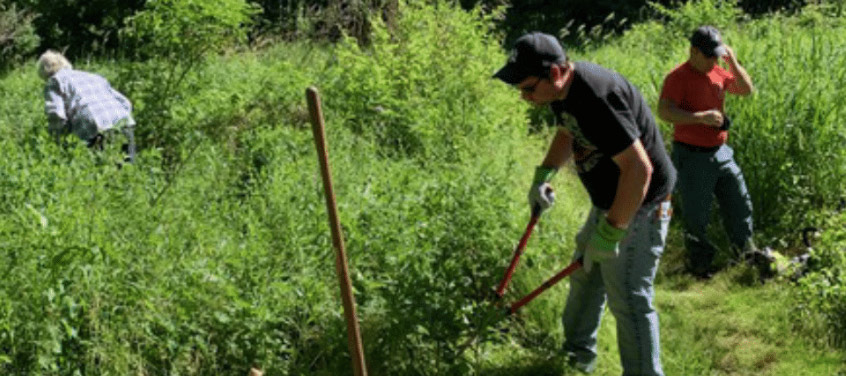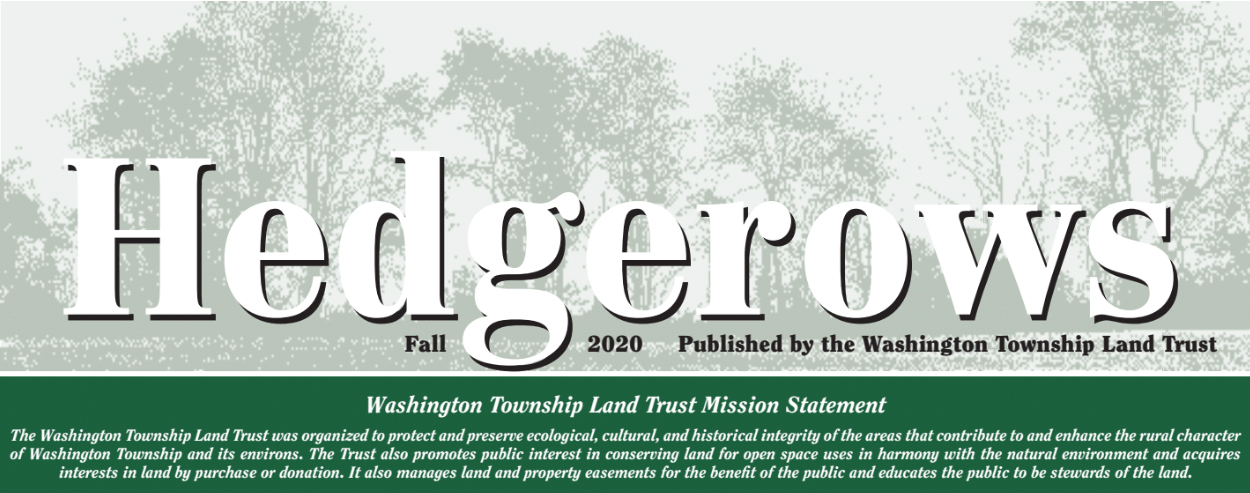The Historic Preservation Plan

Before an historical property can be restored, it must be preserved; that is, its basic structure must be intact. That has been the focus of WTLT volunteers since 1991.
In 1997 a draft of our first “preservation plan” for the Obadiah La Tourette Grist and Saw Mill was completed by President Caryl Brackenridge and our resident architect, Walter Hollein. After much progress in rescuing the Mill from imminent collapse into the South Branch of the Raritan River, WTLT’s trustees recognized the need of an updated plan that would meet the strict guide-lines of the National Park Service. This is a very expensive proposition, and we needed a grant.
Our first attempt several years ago to update the plan failed due to circumstances beyond our control. Undaunted by that setback, we were allowed by the Morris County Historic Preservation Commission to apply again. Trustee Kim Kaiser wrote a proposal, trustees Jim Fitterer and Joe Koller prepared a video showing what has been done at the Mill thus far (the pandemic precluding a site visit), and with a formal proposal for the preparation of an historic preservation plan from the esteemed firm of Connolly & Hickey Historical Architects in hand, our presentation was successful. With the MCHPC’s recommendation, the County Freeholders gave their blessing in July and the Morris County Historic Preservation Trust Fund grant in the amount of $30,856 was awarded to the Washington Township Land Trust for a preservation plan.
The trustees are thrilled at the prospect of the eventuality of the Mill’s restoration. Its origin dates back to 1750, when the town was German Valley and the Mill operated with waterwheels; but the Land Trust’s focus is its most productive period in the second half of the 19th century, when La-Tourette converted its power source to turbines—which, by the way, were made at the foundry on Bartley Road in Chester where A.E. Hall Plumbing is now. We are also most grateful to the LandTrust’s members and donors, whose continuing support make possible our efforts to preserve and protect the natural and historical legacies of Washington Township
Spotted Lantern Fly Redux
In our last issue of Hedgerows we noted the disturbing appearance of a destructive invasive insect called the Spotted Lantern Fly. Then it had just moved into New Jersey from Pennsylvania; now it is found in western Massachusetts. Adult SLFs have black-spotted light brown forewings and black-spotted red and black hind wings, although their usual means of locomotion is hopping. WTLT Trustee Dan Ross, who is also the chair of the WT Green Team and the Environmental Stewardship Coordinator for Somerset County Parks, urges us to pay particular attention to the insect’s egg masses, which are yellowish-brown and covered with a gray, waxy coating.(They are dormant October through April or May, at which time the eggs hatch and become nymphs, colored black with white spots.) These egg masses can be found on any fairly smooth surface but especially on trees. Their favored host tree is the so-called “Tree of Heaven,” or ailanthus altissima, another invasive species. The egg masses should be scraped off, put in a plastic bag, and doused with alcohol. This insect causes damage to many host plants, including fruit trees and vines
Hunting Program Redux
Back in 2018, Trustees Joe Koller and Dan Ross initiated and designed a hunting program on designated Land Trust properties. During 2019, they worked on refining their design to comply with ‘best practices’ standards, and the program was launched later that year after the final plan was unanimously approved.
The WTLT hunting program is designed in large part as a stewardship program focused on managing the burgeoning local deer population, which is getting out of control due to a lack of natural predators. A normal ecological balance would have about 12 deer per square mile(psm); however, in Morris County and environs the population density is about 26 deer psm. Deer consume many native plants and flowers but do not eat invasive plants, thus allowing those species to proliferate.
Concerns for safety and insurance costs are mitigated by the experience of other well-regulated hunting programs in the state, which have reported no significant problems. Our properties have been used illegally by hunters, but with our hunting program those properties can be monitored by our registered hunters (we anticipate 4-6), who would effectively act as stewards. Their vehicles will have approved stickers on them, so any vehicles of hunters without such stickers would stand out. The program not only pays for itself through registration fees but adds new WTLT memberships and requires that the hunters participate in at least one workday per year. In 2019the program only permitted bow & arrow hunting. We anticipate adding firearm hunting, which has a much shorter season. Our hunting properties are limited to the Covalesky, Woodpecker Point, and Crystal Springs properties.
Trustee Joe Koller, who supervises our program as well as one for the Township’s properties, notes that the hunters have removed illegal tree stands, caught several trespassers, and helped the Hunterdon County Park Ranger to remove them. In addition, our hunter-stewards have reposted Covaleski and Crystal Springs; worked with the bordering owner of Wood-pecker Point to remove his signs from our property; notified another neighbor to cease and desist cutting trees and using a quad trail he built on Land Trust property; posted Woodpecker Point; and cleared the old logging trail at Covalesky.

Related Post
Grant Awarded for Historic Preservation of Obadiah LaTourette Grist & Saw Mill
We are thrilled to share some exciting news with

